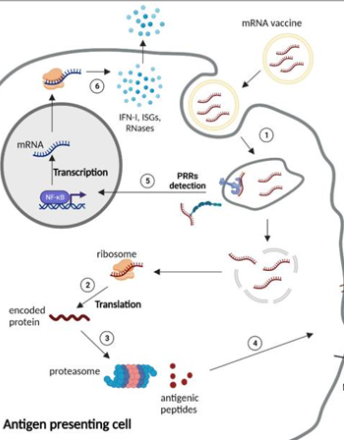
What is AIDS and HIV?
AIDS is the final stage of infection caused by the Human Immunodeficiency Virus (HIV). HIV attacks the body’s immune system, specifically the CD4 cells (T cells), which help the immune system fight off infections. If left untreated, HIV reduces the number of these cells, making the body more vulnerable to infections and certain cancers.
AIDS occurs when the immune system becomes severely damaged, and the individual begins to experience opportunistic infections or cancers.
Origins of HIV/AIDS
HIV is believed to have originated from non-human primates in Central and West Africa. It likely crossed over into humans when people came into contact with the blood of infected animals, possibly through hunting or consumption. This process is known as zoonosis. The virus is thought to have made the jump to humans in the early 20th century but wasn't formally recognized until the early 1980s.
How HIV is Transmitted
HIV is transmitted through the exchange of certain bodily fluids from a person who has HIV. These fluids include:
-
Blood
-
Semen and pre-seminal fluid
-
Vaginal fluids
-
Rectal fluids
-
Breast milk
Common routes of transmission include:
-
Unprotected sexual contact
-
Sharing needles or syringes
-
From mother to child during pregnancy, birth, or breastfeeding
-
Blood transfusions (especially in countries where blood is not thoroughly tested)
Symptoms of HIV and AIDS
Early HIV infection (Acute phase):
-
Fever
-
Chills
-
Rash
-
Night sweats
-
Muscle aches
-
Sore throat
-
Fatigue
-
Swollen lymph nodes
-
Mouth ulcers
Chronic HIV infection (Latent phase):
-
May show few or no symptoms for years
-
Virus continues to replicate at low levels
Progression to AIDS:
-
Rapid weight loss
-
Recurring fever or night sweats
-
Extreme and unexplained tiredness
-
Prolonged swelling of the lymph glands
-
Diarrhea that lasts more than a week
-
Sores of the mouth, anus, or genitals
-
Pneumonia
-
Memory loss, depression, and other neurologic disorders
Global Impact of HIV/AIDS
According to UNAIDS and the World Health Organization:
-
Over 38 million people are living with HIV globally (as of 2024)
-
More than 36 million people have died from AIDS-related illnesses since the beginning of the epidemic
-
Sub-Saharan Africa remains the region most heavily affected
Despite the staggering numbers, HIV is now considered a manageable chronic condition with proper medical care.
Treatment and Prevention
There is currently no cure for HIV, but it can be controlled with antiretroviral therapy (ART). ART reduces the viral load in the body to undetectable levels, meaning the virus cannot be transmitted sexually (U=U: Undetectable = Untransmittable).
Preventive measures include:
-
Using condoms consistently and correctly
-
Regular HIV testing
-
PrEP (Pre-Exposure Prophylaxis): A daily pill that prevents HIV infection
-
PEP (Post-Exposure Prophylaxis): Emergency medication taken within 72 hours of possible exposure
-
Needle exchange programs
-
Safe blood transfusion practices
Recent Advances and Hope for the Future
In recent years, medical research has made significant progress:
-
Long-acting injectable ART allows patients to receive monthly or bi-monthly treatments instead of daily pills
-
Vaccine research is ongoing, with some candidates showing promise
-
Functional cures have been reported in a few rare cases (e.g., the "Berlin Patient"), though not widely replicable yet

You must be logged in to post a comment.